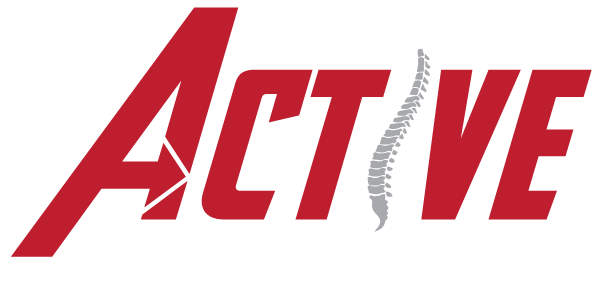The human spinal column provides flexibility for movement, support for weight bearing and protection of nerve fibers. The spinal column protects the spinal cord, which is the main pathway of communication between the brain and the rest of the body. The spinal column also protects the nerve roots and part of the autonomic nervous system.
Continue reading to learn how each vertebrae is uniquely responsible for functionality of each part the body.
CERVICALS
C1: To supply blood to the head, pituitary gland, scalp, bones of the face, brain inner and middle ear, sympathetic nervous system, eyes, and ears.
C2: Eyes, optic nerves, auditory nerves, sinuses, mastoid bones, tongue, forehead, and heart.
C3: Cheeks, outer ear, face, bones, teeth, trifacial nerve, and lungs.
C4: Nose, lips, mouth, Eustachian tube, mucus membranes, and lungs.
C5: Vocal cords, neck glands, and pharynx.
C6: Neck muscles, shoulders, and tonsils.
C7: Thyroid gland, bursa in the shoulders, and elbows.
THORACIC:
T1: Arms from the elbows down, including hands, arms, wrists and fingers; oesophagus and trachea, and heart.
T2: Heart, including its valves and covering coronary arteries; lungs; bronchial tubes.
T3: Lungs, bronchial tubes, pleura, chest, breast, and heart.
T4: Gallbladder, common duct, heart, lungs, and bronchial tubes.
T5: Liver, solar plexus, circulation (general), heart, oesophagus, and stomach.
T6: Stomach, oesophagus, peritoneum, liver, and duodenum.
T7: Kidneys, appendix, testes, ovaries, uterus, adrenal cortex, spleen, pancreas, and large intestine.
T8: Spleen, stomach, liver, pancreas, gallbladder, adrenal cortex, small intestine, and pyloric valve.
T9: Adrenal cortex, pancreas, spleen, gallbladder, ovaries, uterus, and small intestine.
T10: Kidneys, appendix, testes, ovaries, uterus, adrenal cortex, spleen, pancreas, and large intestine.
T11: Kidneys, ureters, large intestine, urinary bladder, adrenal medulla, adrenal cortex, uterus, ovaries, and ileocecal valve.
T12: Small intestine, lymph circulation, large intestine, urinary bladder, uterus, kidneys, and ileocecal valve.
LUMBAR:
L1: Large intestine, inguinal rings, and uterus.
L2: Appendix, abdomen, upper leg, and urinary bladder.
L3: Sex organs, uterus, bladder, knee, prostate, and large intestine.
L4: To prostate gland, muscles of the lower back, sciatic nerve
L5: Lower legs, ankles, feet, and prostate.
SACRAL
or Coccygeal, the very bottom or tip of the spine.
The spine has three major types of joints:
- synarthroses
- diarthroses
- amphiarthroses
The vertebral column consists of 24 presacral (moveable) vertebrae
- 7 cervical vertebrae
- 12 thoracic vertebrae
- 5 lumbar vertebrae
The sacrum and coccyx are composed of fused vertebrae and are also considered part of the spinal column.
The cervical vertebrae are the most mobile of the 24 presacral spinal vertebrae.
The 12 thoracic vertebrae articulate with 12 pair of ribs. The thoracic spine is designed for a minimum of movement, thus providing protection for the internal organs.
The large stocky lumbar vertebrae are designed to support the weight of the body.

